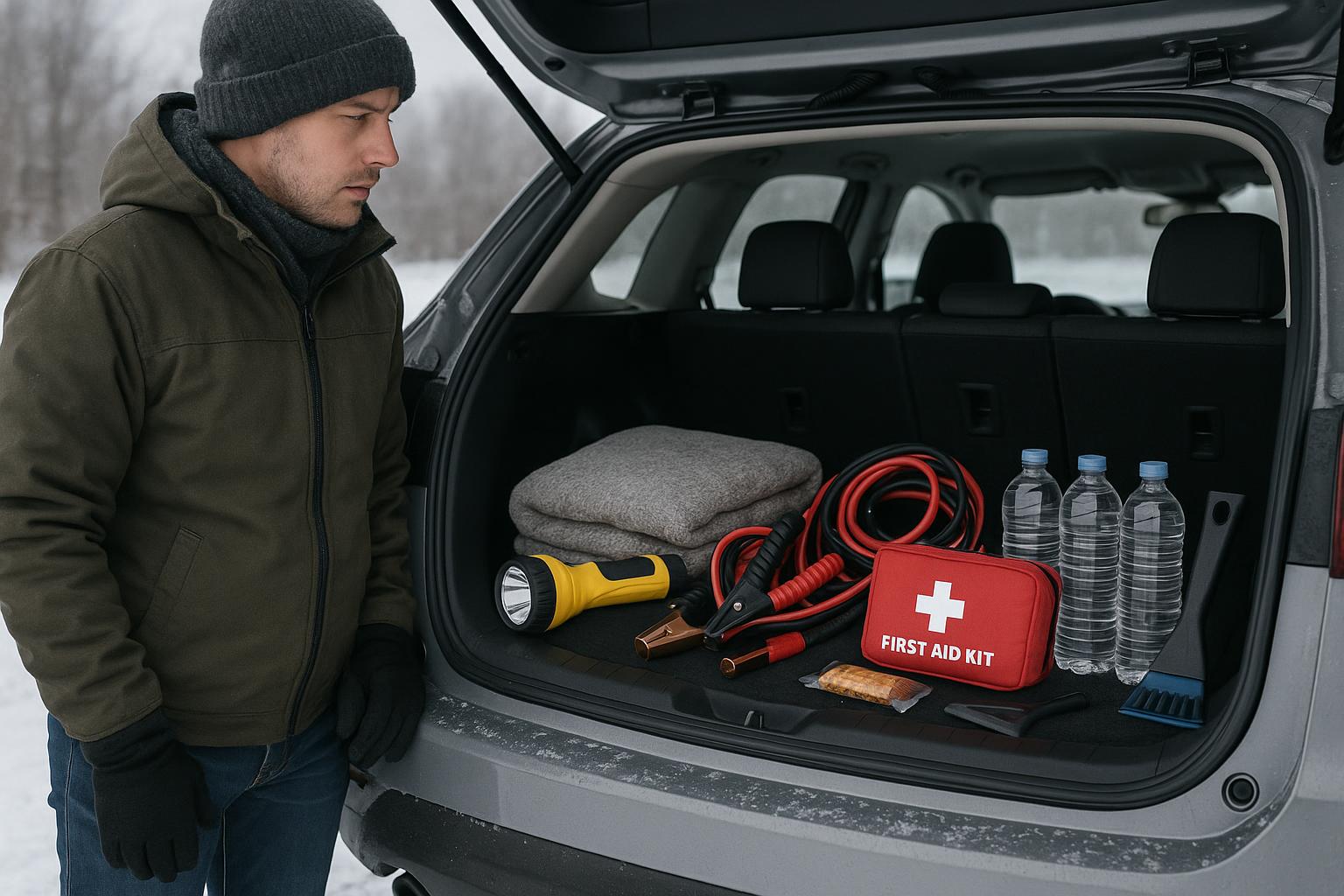Some chemicals used on the manufacturing floor are hazardous to your health and can cause illness and injury if they are not handled correctly. Before you begin working with any toxic chemical, identify its potential hazards, become familiar with how to best protect yourself and be aware of the procedures to follow if an accident takes place.
General Safety Precautions
The manufacturer’s label and Safety Data Sheet (SDS) for each chemical you handle provide important information regarding hazards, the use of personal protective equipment (PPE), proper handling, transport, storage and disposal of chemicals. Each time you encounter a chemical, read this information and take the appropriate precautions.
In addition, the following recommendations apply when working with any toxic chemical:
- Wear the appropriate PPE when handling chemicals.
- Use the least hazardous chemical option for the task at hand and prepare only the amount that is absolutely necessary for completing the job.
- Never eat, drink, smoke or apply cosmetics while working with chemicals.
- Make sure that the equipment used to apply chemicals is in good working order and does not have any leaks.
- Do not work alone.
- Clean equipment thoroughly in an area where run-off will not create other hazards or contaminate the environment or water source.
- Wash work clothes separately from street clothes or wear disposable clothing.
- Wash your body thoroughly after using chemicals and before eating, drinking, smoking or using the restroom.
Exposure
If a co-worker is exposed to a toxic chemical, consult the SDS and the product label before acting. The correct response to exposure is as important as immediate action. If the injured or ill person is having trouble breathing, is having convulsions or is unconscious, provide the necessary first aid and call 911.
If the injured or ill person does not have any of the symptoms listed above, contact the Poison Control Center at 1-800-222-1222. When calling, keep the chemical container handy to accurately instruct the operator about the type of exposure the person has experienced. From there, the operator will be able to give you correct instructions.
For more safety tips, talk to your supervisor.



